How Pet Detectives Find Lost Dogs and Missing Cats
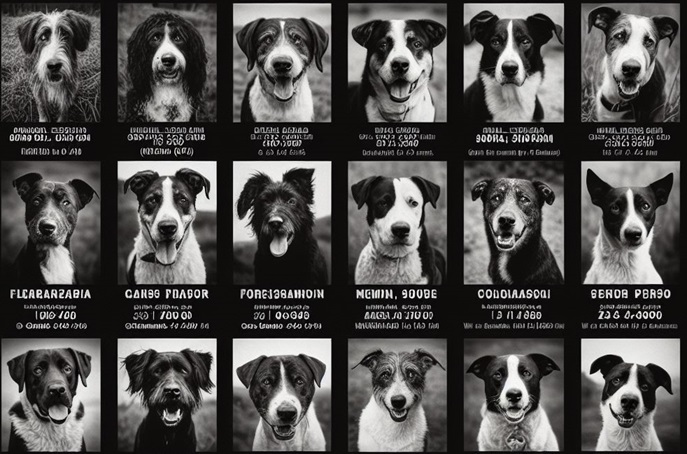
Losing a beloved pet can be a heartbreaking experience for any pet parent. Whether it’s a wandering dog or a missing cat, the sense of panic and worry is all too familiar to those who have experienced it. Fortunately, there are specialized lost pet recovery services available to assist in the search for lost pets. In this article, we’ll explore the role of pet detectives and online consultations in reuniting lost pets with their parents. (more…)
15 Steps To Prevent Your Cat From Going Missing
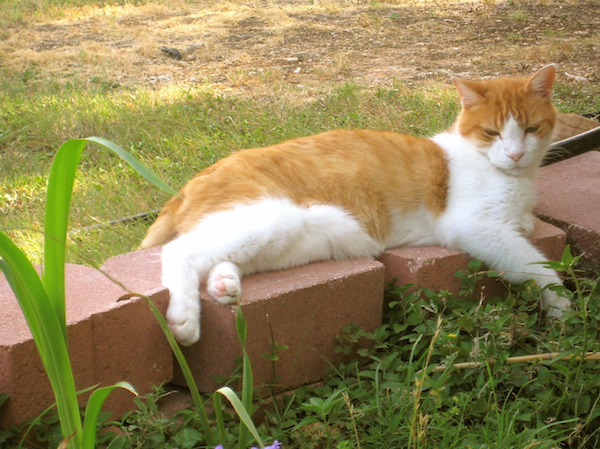
How To Find A Lost Cat. 15 Steps To Prevent Your Cat From Going Missing – by Kim Freeman, The Cat Detective. As a professional Lost cat finder, I always see an increase in lost cat cases around the holidays. One of the most common reasons for a cat’s disappearance is an open door, whether from a distracted pet sitter, careless kids or even packing for a trip. With the general chaos of guests coming and going, keep your cat safe and be ready should the worst happen.
Cats are harder to recover than dogs and require special techniques beyond flyers on posts and a visit to the shelter. Would you know what to do if a pet sitter or visitor left a door open and your cat escaped? Take these steps to prevent your cat from ever going missing. This emergency situation can happen to even the best and most careful owners.
How To Find A Lost Cat
Learn Your Cat’s Habits
Get to know when your cat sleeps, what hours they are the most active, and note whether they prefer to be up in high places or down low. All this will be useful info should your cat ever get out.
Have Your Search Zone Ready
If you have an indoor-only cat, be ready with a map of where to search. With indoor cats who escape, they are most often hiding within a 250-foot radius of the escape point. Outdoor access cats have a larger territory, so they are going to be usually within a 800-foot radius. Use Google maps to outline your home and search circle so you are ready if they get out.
Safe Transport
This sounds basic, but you’d be surprised how many pet owners put their cats at risk. A cat inside a car can escape when involved in a traffic accident, or jump out prematurely when a door is opened. Cat carriers have been known to break open during traffic accidents, in vet parking lots, and on conveyor belts at airports. No matter how crabby your cat becomes with confinement, make sure you transport him/her in a secure carrier.
Have Photos Ready
Keep a recent photo of your cat on hand showing their face and body markings in case you need the photo for a lost cat flyer and poster. The ideal photo for a lost cat poster is against a plain background with your cat in a standing or sitting side view. One big photo is better than two hard to see small ones. Sitting or standing is key as it is the position strangers would most likely see them out in the world.
Prepare a Lost Cat Kit
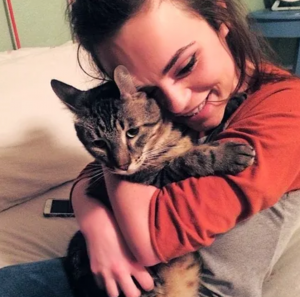 Store photos, microchip number and a mock-up lost cat flyer where they’re easy to access. Should you ever need them, this kit will save you precious time and stress. And the common mistakes to avoid (like putting out food or cat litter).
Store photos, microchip number and a mock-up lost cat flyer where they’re easy to access. Should you ever need them, this kit will save you precious time and stress. And the common mistakes to avoid (like putting out food or cat litter).
GPS Trackers
It seems like GPS on a collar would good for those adventurous cats who like to roam, but so far, they are still fairly heavy bulky and depend on open sky. There are several devices on the market including the unwieldy Whistle, but based on my clients’ lost cats, I’ve found that RF technology works the best in terms of finding a cat’s exact location. Glow Track collars are ideal as they light up and offer an RF tracking option.
Collar & Microchip
Even if you never let your cat out, you never know when an emergency will happen and your cat escapes. A visitor may leave the door open, cat carriers can break, a visitor could leave a window open or a burglar could break into your home, leaving the door open for your cat to escape outside. Paramedics could have to go to your or a relative’s home, and leave the door open during an emergency procedure.
How To Find A Lost Cat
 I’ve even seen pets ejected from cars in traffic accidents. Most people never think these events could happen to them. But even indoor-only cats should wear a collar, tag and microchip because if they escape outside, they’re at risk of ultimately ending up in an animal shelter long after you have stopped searching.
I’ve even seen pets ejected from cars in traffic accidents. Most people never think these events could happen to them. But even indoor-only cats should wear a collar, tag and microchip because if they escape outside, they’re at risk of ultimately ending up in an animal shelter long after you have stopped searching.
Micro-chipping is equivalent to implanting a serial number in your pet as a means to return property to their rightful owner. Microchips are not GPS trackers they are for Identification, detectable with a microchip scanner used by shelters, veterinarians, and rescue groups. Make sure your cat is micro-chipped and especially make sure that chip is registered to YOU at your CURRENT address and phone number.
Proof of Ownership
Be able to demonstrate proof that you own your cat, as there is no guarantee the person who finds your pet will be willing to give it back to you. You will need to have something to show an officer to prove that this animal belongs to you. The best method to show proof of ownership is to have your pet microchipped. Check with your local shelter, rescue groups, and veterinarians to have this simple procedure performed (a shot where a microchip the size of a rice grain is implanted under your pet’s skin). If your pet has any special markings, markings inside their mouth, scars, tattoos, etc., photograph these areas and keep these photos in a special location with your cat’s vet records.
Keep Photos With Your Vet
It is a good idea to keep a set of records and current pet photos with your veterinarian (they can be attached to your pet’s file). This way, your pet’s photo will be available should your home be destroyed (during fire or flood) or if the photos you kept at home get lost or destroyed.
Be Neighborly
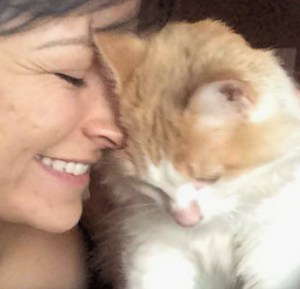 Make sure your neighbors know you have a cat whether your cat is indoor only or outdoor access. That way, if your cat ever escapes they will know who it belongs to and will be more likely to rescue and return it to you when they see it. Also, being a good neighbor will increase the chances that your neighbors will help when your pet becomes lost. If your cat routinely roams and stalks birds or poops on neighbor property, make sure you have preempted any complaints by asking neighbors to let you know if your cat is a problem for them in any way. Be a responsible cat owner.
Make sure your neighbors know you have a cat whether your cat is indoor only or outdoor access. That way, if your cat ever escapes they will know who it belongs to and will be more likely to rescue and return it to you when they see it. Also, being a good neighbor will increase the chances that your neighbors will help when your pet becomes lost. If your cat routinely roams and stalks birds or poops on neighbor property, make sure you have preempted any complaints by asking neighbors to let you know if your cat is a problem for them in any way. Be a responsible cat owner.
Secure Your Property
Check carefully along perimeter of your fence for spaces or holes that you can fit a hand or fist into. Cats can get through tiny spaces, so add rocks or pack dirt to close them up. You’ll prevent your cat’s potential escape, as well as keep other critters from popping under for a visit. For those who let their cats out into the backyard, be warned; I’ve had many cases of cats who “always stayed in the backyard” yet vanished. Cats can jump five times their height, so unless you have secured the holes AND have a “Catio” or roll-top fence, your cat may unpleasantly surprise you with ninja escape abilities.
Look carefully from a low level: push on all boards to see if any are loose. Humans typically look downward and don’t see what our pets see. Pets have the time and interest to look, poke, and push in their efforts to escape. From their level, they may have found a small hole or loose board you did not see. If no holes at the base, look for hind claw marks near the top.
Remove any items leaning on or next to your fence. Woodpiles, garbage containers, kid toys, boxes, etc. next to a fence are a great springboard for cats to get over any fence, so make sure you are not offering an easy route out.
Train Your Cat
Train your cat to come when you call, let you pick him up when outside and to enter a baited humane trap. Humane traps are one of the primary tools to recover an indoor-only cat. If you know that your cat will never be allowed free access out- doors, then teach your cat that humane traps = food and safety.
Simply get a humane trap and prop open both ends with a bungee cord and feed your cat inside the trap every day for a week until he enters and leaves without fear. If your cat should ever escape outdoors, you will increase your chances of recovery as your cat associates traps with food and is not afraid to enter. DO NOT train your cat to enter a trap if you live in an apartment complex in case the manager or a pest company sets up traps to remove feral cats.
Collect and Store Scent & DNA
In the event your cat becomes lost and you need an animal trained to track lost pets, you’ll want to have a clean unadulterated sample of your pet’s scent. Save whiskers especially as they have a root attached which can be used to determine DNA. If no whiskers are available, put on a rubber glove, use a sterile gauze pad and wipe your pet’s body – wipe back, tummy, with a separate one for inside the mouth. Place the gauze pad inside a plastic bag. Write the date and your pet’s name on the outside of the bag. Try to have your cat’s DNA on hand in case it’s needed for making a positive ID. Collect a whisker, toenail clippings, and a few hairs that you have pulled from your pet which include the root. Shed hairs will not do– you need the root (which contains the DNA). Place all of these AND your gauze pad into the bag and place the bag in the back of your freezer. If you have multiple pets, make separate bags for each of them.
Bird Language
Should your cat ever escape, listen to the birds. They will issue raucous alerts to let others know there is a predator in the area. Even if you just want to know where your outdoor access cat is at any given moment, learn to listen to bird language to know when your cat has been spotted by these air spies.
Blue jays and mockingbirds are very vocal when they spot a cat and make a specific call you can learn and tune into.

Did you find this article useful? Would you like 100% free access to more articles like these, and free access to over 5,000 vetted pet care service professionals throughout the United States? Sign up here for a free Petworks account, and take 10% off your first booking, on us!
Get Professional Help
If you find yourself in the stressful position of searching for a missing cat, take action right away. Too many hope for the best and lose the key first ten days when recovery chances are highest. Consider ordering my on-demand tutorial and e-book, request a strategy consult, and remember, cats require special tactics. Make sure you use the right ones for your cat’s personality! Petworks has dozens of lost pet recovery specialists and pet detectives on call throughout the United States.
About the Author:

Kim Freeman is a professional pet detective for lost cats. She focuses all her attention on refining missing cat recovery techniques. In 2008 her orange cat, Mister 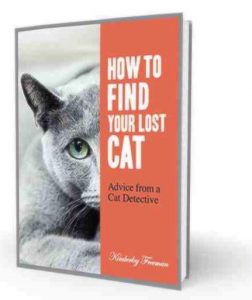 Purr, went missing for several days. No one helped or took her seriously in her panic. Had she listened to their advice such as “He’ll come back when he’s ready,” or “Put his litter box outside!” Mister Purr would have died behind a fence in a rancher’s metal shipping container. Since then she’s spent years fine-tuning methods that work best to find lost cats. She’s been featured on CBS Morning News, KXAN-TV, and Time Warner News. She offers professional advice, consultation, and in-person search and rescue services for pet parents throughout the United States.
Purr, went missing for several days. No one helped or took her seriously in her panic. Had she listened to their advice such as “He’ll come back when he’s ready,” or “Put his litter box outside!” Mister Purr would have died behind a fence in a rancher’s metal shipping container. Since then she’s spent years fine-tuning methods that work best to find lost cats. She’s been featured on CBS Morning News, KXAN-TV, and Time Warner News. She offers professional advice, consultation, and in-person search and rescue services for pet parents throughout the United States.
All About Missing Pet Finders
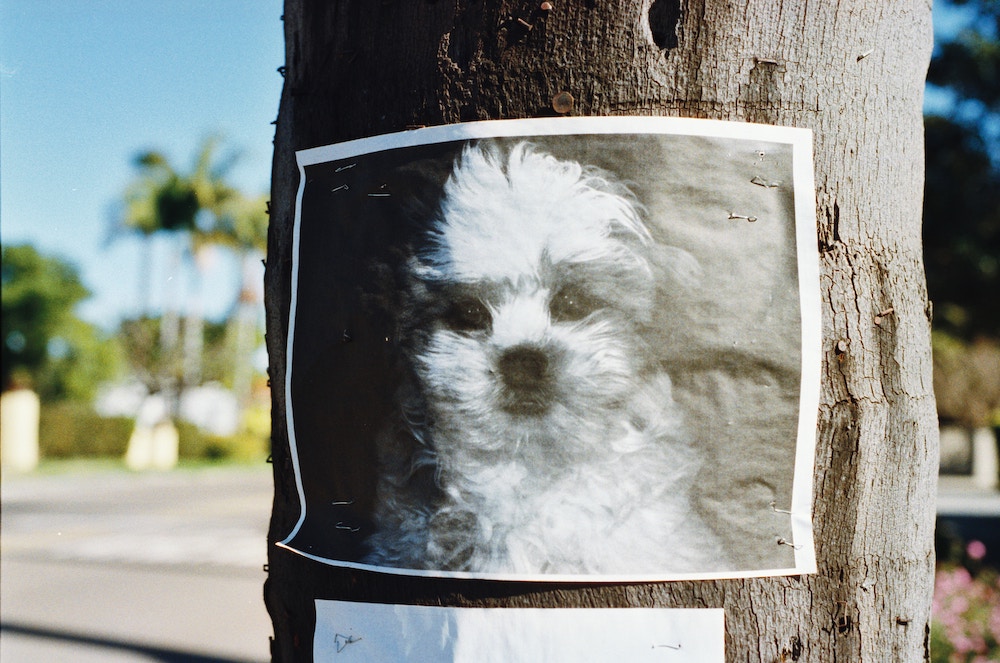
Missing Pet Finders. Few things are more harrowing than when your beloved pet goes missing. Thankfully, there are trained professionals like Bonnie Wagner-Westbrook, a Certified Missing Animal Responder/Pet Detective. Bonnie was kind enough to answer a few questions to better educate us on this potentially life saving pet service.
Petworks: Can you describe what it’s like to be a pet detective for those of us who aren’t familiar with the job?
Bonnie: The job of a missing-animal responder, pet detective, or missing pet finder, is multifaceted. Basically, we must do whatever it takes to help get a pet home. This could mean coaching a pet’s guardian through finding and capturing his or her own lost pet. It could mean doing the site work if a guardian cannot search and lure/capture a pet on her own. It could mean working with law enforcement or animal control (or with another missing-animal responder) to secure a pet. But equally important to this role is educating pet guardians on how to avoid losing a pet and, if necessary, what they need to do to search immediately and “smart,” because fast action improves the likelihood of bringing a pet home.
Petworks: How did you come to be a lost-pet responder? What kind of training does it require?
Bonnie: My first lost pet was my own black Lab, Widgie, when I was only five years old. She was my best friend, and it was terrifying, especially because of the weather: five to seven feet of snow and subzero temperatures in northern New York State. We spoke to everyone in our small town, residents and businesses, police, churches. We drove roadways every day. The only way my dog and her buddy Rusty, a neighbor’s Irish setter, could have been traveling was by roadways, which increased the possibility that they would be hit by a car or a snowplow. A gas station owner called after two weeks and said he had a Lab sitting by the fireplace at his station–it was our Widgie! Unfortunately, we found Rusty deceased in a snowbank, probably hit by a plow.
You Never Forget…
the feelings of loss and fear that you won’t see your pet again. Since then, fate has put me in the position to help many lost and found pets. About eight years ago, a beautiful Norwegian Forest cat named Jack went missing when his travel crate was improperly stacked on top of another crate by baggage handlers at JFK Airport and it fell to the ground, breaking open. Jack was missing for sixty-one days, until he fell through a damaged ceiling tile in the same terminal where he’d been lost. He was mostly starved and was terribly injured by the fall. He spent many days in critical care, until his guardian could not bear to see him suffering anymore.
Access…
To search for Jack had been limited, and the airline that owned the terminal had done nothing to help recover him. Around this time, I decided to retire from my university position and start my own business in organization development; it was also an ideal time to learn to properly search for lost pets, as well as continuing to work with TNR (trap-neuter-return) of feral cats in our community. We formed the nonprofit organization Where Is Jack? (http://www.whereisjack.net) to educate the public and work with legislators on problems related to pets who fly on commercial airlines. We also respond to pets lost on airport properties, either by searching on-site or collaborating with people long-distance if we can’t respond in person. I’ve helped pets lost at Newark, JFK, Armstrong, Philadelphia, Seattle, and Atlanta airports (to name just a few), as well as on a military base. Clearance is critical, and getting permissions and escorts requires a great deal of time.
 Petworks: What tools or tactics do you use? Is it similar in any way to being a police detective? Do you look for clues or evidence? Do you work with other people?
Petworks: What tools or tactics do you use? Is it similar in any way to being a police detective? Do you look for clues or evidence? Do you work with other people?
Bonnie: About twenty years ago, a wonderful woman and true pioneer named Kat Albrecht-Thiessen, a former police detective, began to explore the use of trained trailing dogs to recover lost pets. She is the original “pet detective” (and is still being teased with Jim Carrey jokes). Her passion has grown into an international membership of pet detectives whom she has trained and who collaborate on cases: the Missing Animal Response Network (http://www.missinganimalresponse.com). Kat has also been instrumental in growing interest and expertise in specialized dog training (trailing and tracking).
Our Training…
Dictates analysis of the situation the pet was lost in, the personality and habits of the pet, geography, recent events, and how the pet guardian is coping (or not). Sometimes forensic work is required. When you have a good sense of the background, as well as events that transpired (like sightings of the lost pet), you can determine the best way to secure the pet, “luring” versus trapping. Kat began amassing research on lost-pet behaviors based on the collective wisdom of everyone doing this work over the years. Our website is a wealth of important observations and tips. Of course, the more of this work you do, the better your skills get and the higher your success rates are. There are many people out there who say they do the work we do, but they are hobbyists. We must constantly battle people who think it’s a good idea to put out used litter boxes to find lost cats, or who believe it helps to chase lost dogs–litter boxes draw unaltered strays, dogs, and predators; chasing lost dogs unsettles them from any comfortable place they’ve found and forces them onto roadways, where they are struck by cars.
Petworks: Do you specialize in locating any particular types of pets?
Bonnie: We search for just about any type of pet. Some are especially tough, like birds, reptiles, or wildlife that have become pets, such as foxes. Fortunately, our training (and ability to collaborate with others) gives us the ability to handle nearly any situation.
 Petworks: Can you tell us about some of your cases? What was your most difficult case, and what was the most rewarding?
Petworks: Can you tell us about some of your cases? What was your most difficult case, and what was the most rewarding?
Bonnie: Two of my most interesting cases involved major motor-vehicle accidents. One pet guardian died as a result of her injuries, and another lost a leg. Both accidents were in another part of the state, but I was able to find some wonderful local people (many rescues, animal control, law enforcement) to form ad hoc search groups and search and market the lost pets; both cats were found as a result of signage and flyers that the volunteers had distributed.

Did you find this article useful? Would you like 100% free access to more articles like these, and free access to over 5,000 vetted pet care service professionals throughout the United States? Sign up here for a free Petworks account, and take 10% off your first booking, on us!
A Skittish Sheltie
In another case locally, a skittish Sheltie ran away from her home, which was located near every worst-case scenario for finding a lost dog: an immense forested park with waterways and predators, railroad tracks, highways, farm properties. The dog was seen early on, thanks to signage, then seemed to have disappeared. We had a trap set, in the event that she doubled back on her previous path. We set up feeding stations and transmitting trail cameras. She didn’t appear once on-cam. There were other brief sightings that went dark almost immediately. Finally, after several weeks, we were notified of the last sighting–now much closer to her home. I asked her guardian to begin at the place where she was seen (a gentleman’s farm) and to walk a path back home with their other Sheltie while dropping hot dog chips every ten feet or so. The scent trail from the guardian, the other dog, and treats was exactly the right tack: The next-door neighbor saw the dog on her property shortly thereafter, then the dog went back into hiding. I asked her guardian to hang out in the garage that evening with their other dog and just talk in a normal voice to let the lost dog know it was safe to come home. The guardian went to bed at eleven p.m. and was awakened at two a.m. by barking and scratching at the front door. The lost dog was ready to come home!
I very much enjoy being able to share success stories and the “How did you do it(s)?” I also enjoy helping others learn. We just had a big break today, trapping a kitty who had been lost for weeks; the person who accomplished this was one of our ad hoc team members.
Petworks: What is your success rate with finding missing pets?
Bonnie: Success rates, of course, depend on circumstances. If you have a dedicated pet guardian who follows instructions and allows you to work based on your training, you can accomplish a lot. I’ve had excellent results even when a guardian cannot (or will not) participate, though the second case is much tougher. However, some cases are derailed by people not following instructions or even sabotaging your efforts. Factoring those out, I’d guesstimate a 95 percent success rate.
Petworks: What is your favorite aspect of the job?
Bonnie: I don’t have a trailing dog, but I do have colleagues with exquisite dogs, and I’ve been blessed to work with them on many occasions. I always enjoy working with a K9 team and watching the dialogue between the dog and his or her handler. The walk-up finds are thrilling and happen only about 5 percent of the time. The very first K9 trail I was involved with at an airport was at JFK and resulted in a walk-up find of a cat named Gyzmo. His crate was damaged in cargo management care, and he was lost for two weeks (I believe)–in a terrifying world for a pet!
Petworks: How do you feel about Ace Ventura: Pet Detective? (We had to ask!) 🙂
Bonnie: We’d love to get some royalties from Mr. Carrey to further our research and work! That movie is hysterical, I must say!
 Trained by K9 Pet Trackers/Missing Pet Partnership, Bonnie volunteers search tips and assistance to people who have lost their pets locally and she also consults on cases at a distance. She provides tips for flyer and poster creation, techniques for searching based on nature and location of loss and pet temperament, networking, notification of law enforcement, equipment suggestions and coaching for searchers.
Trained by K9 Pet Trackers/Missing Pet Partnership, Bonnie volunteers search tips and assistance to people who have lost their pets locally and she also consults on cases at a distance. She provides tips for flyer and poster creation, techniques for searching based on nature and location of loss and pet temperament, networking, notification of law enforcement, equipment suggestions and coaching for searchers.
 In 2021, Dr. Marty Goldstein DVM joined the pet care platform Petworks as an advisor in its Animal Nutrition care division. Dr Marty Nature’s Blend is on a mission to help your pets live their healthiest lives possible. Dr. Marty’s pet nutrition expertise and guidance has helped Petworks evolve and become the preeminent animal and pet nutrition consultation service for pet parents in North America.
In 2021, Dr. Marty Goldstein DVM joined the pet care platform Petworks as an advisor in its Animal Nutrition care division. Dr Marty Nature’s Blend is on a mission to help your pets live their healthiest lives possible. Dr. Marty’s pet nutrition expertise and guidance has helped Petworks evolve and become the preeminent animal and pet nutrition consultation service for pet parents in North America.
 In 2022, Blue Buffalo Founder Bill Bishop Jr. joined Petworks as Senior Advisor in our Animal Nutrition Care Division. Bill brings his extensive expertise in pet food innovation and business leadership. His guidance helps Petworks enhance our pet nutrition service offerings, helping to ensure that pet parents throughout the world receive trusted, science-backed nutritional support for their dogs, cats, and animals.
In 2022, Blue Buffalo Founder Bill Bishop Jr. joined Petworks as Senior Advisor in our Animal Nutrition Care Division. Bill brings his extensive expertise in pet food innovation and business leadership. His guidance helps Petworks enhance our pet nutrition service offerings, helping to ensure that pet parents throughout the world receive trusted, science-backed nutritional support for their dogs, cats, and animals.
Lost Golden Retriever
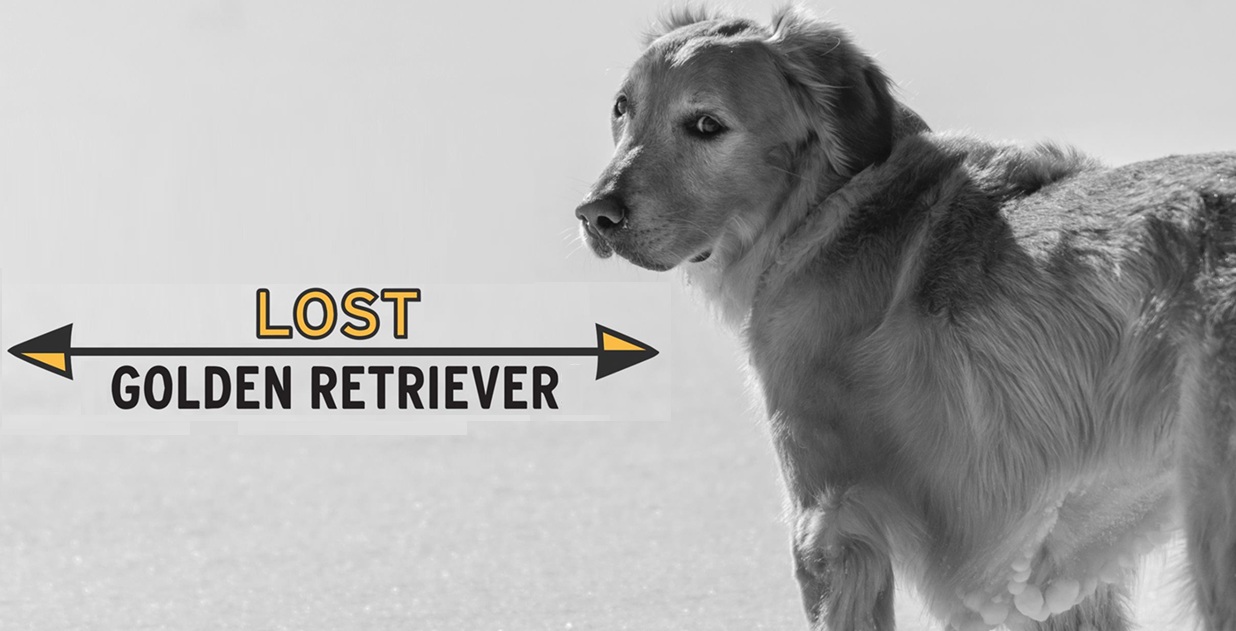
What to Do If You Have a Lost Golden Retriever. Losing a Golden Retriever can be an incredibly stressful and heartbreaking experience. These friendly and social dogs often become deeply bonded with their families, making their disappearance even more distressing. However, acting quickly and strategically increases your chances of a safe reunion. Here’s what to do if your Golden Retriever goes missing.
LA Animal Shelter Fire Refuge
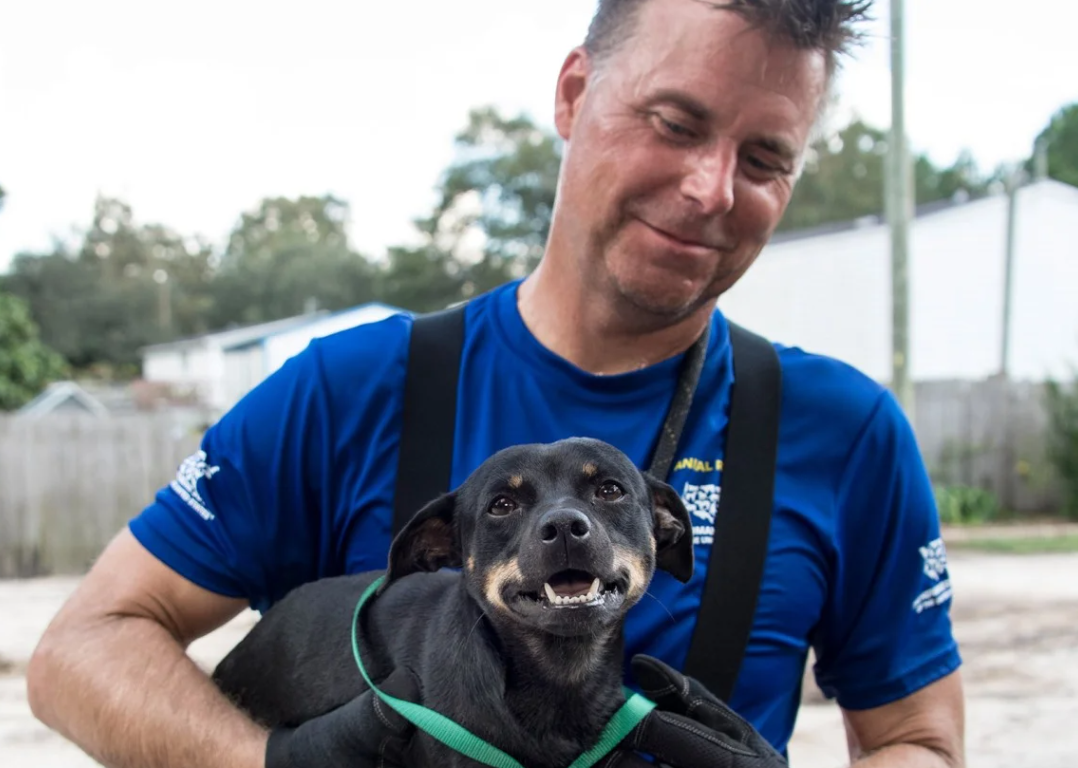
LA Animal Shelter Where Hundreds of Displaced Pets Find Refuge After the LA Wildfires. Whimpers and whines echo through the Pasadena Humane Society, where feline and canine faces tell stories of heartbreak and resilience in the wake of devastating Los Angeles wildfires.
The LA animal shelter, located just half a mile from a stadium hosting displaced residents, has become a haven for nearly 1,000 animals left homeless or separated from their families. Many pets remain unidentified, waiting to be reunited with their owners, while others are temporarily housed as their families seek new homes.
Shelter Overflow and Urgent Care
The shelter is not only overflowing with displaced animals but is also providing urgent medical care for pets suffering from fire-related injuries. Among the rescues is a mother dog nursing her tiny puppies in the safety of a kennel. Angel, a kitten with all four paws wrapped in casts, sleeps soundly despite the trauma she has endured. These heartwarming sights contrast with the harsh reality that hundreds of pets remain unaccounted for, and their owners are still searching for their beloved companions after losing their homes.
Social Media and On-the-Ground Efforts
In fire-ravaged neighborhoods like Altadena and Pacific Palisades, where over 10,000 structures have been destroyed, traditional lost-and-found methods such as stapling posters to telephone poles are no longer viable. Instead, social media has become a crucial tool for reuniting pets with their families. Lost-and-found pet pages have sprung up, filled with desperate posts from owners sharing photos and descriptions of their missing pets in the hope that someone has spotted them.
To aid in the search, the Pasadena Humane Society has set up feeding stations in these uninhabitable areas, ensuring that any stray pets can stay nourished until they are rescued. The shelter holds unclaimed animals, classified as strays, for 30 days before placing them for adoption. Volunteers and animal welfare advocates are urging pet owners to check local shelters daily to increase their chances of being reunited with their missing pets.
LA Animal Shelter Fire Refuge – Temporary Homes for Displaced Families and Pets
While some families are still searching for their pets, others who have evacuated with their animals are taking refuge in hotels across Los Angeles. The Beverly Hilton, renowned for hosting glamorous events like the Golden Globes and Daytime Emmy Awards, has opened its doors to hundreds of displaced residents and their four-legged companions. The hotel has transformed into a “glamorous zoo,” as described by its spokesperson, with staff going above and beyond to accommodate the animals.
The Beverly Hilton is providing essentials such as pet food, pet beds, and “wee wee” pads to ensure the comfort of their furry guests. This “pooch invasion” has become a story of hope and resilience, showcasing the bond between people and their pets during challenging times. The hotel has become a symbol of emotional support, offering a safe space for both humans and animals to heal and cope together.
The Role of Community and Organizations
The collective efforts of animal shelters, volunteers, and local organizations have been instrumental in addressing the immediate needs of displaced pets and their owners. From providing medical care and temporary housing to using innovative methods like social media to reunite families, these initiatives highlight the importance of community support in times of crisis.
Missing Family Pets
As families evacuated, many were forced to leave their pets and animals behind, resulting in a significant number of missing pets across the affected areas.
In response to this crisis, several organizations have mobilized to rescue and reunite lost pets with their owners. Paws of War, typically known for providing service dogs to veterans, has redirected its efforts to assist in the wildfire emergency.
For pet owners seeking assistance, the Los Angeles Fire Evacuation Animal Services Hotline has been established. By calling 213-270-8155, individuals can report lost pets or seek help in retrieving animals left behind during evacuations. Additionally, the City and County of Los Angeles Animal Shelters have partnered with Petco Love Lost, a free national lost-and-found pet database, to facilitate the reunion of pets with their families.

Did you find this article useful? Would you like 100% free access to more articles like these, and free access to over 5,000 vetted pet care service professionals throughout the United States? Sign up here for a free Petworks account. It’ll take you literally 30 seconds!
The Search Continues
Despite these efforts, many pets remain missing, and the search continues. Organizations are urging pet owners to utilize available resources and to remain hopeful. The collective endeavor of volunteers, animal welfare groups, and the community aims to ensure that as many pets as possible are safely reunited with their families.
The Los Angeles wildfires have not only impacted human residents but have also posed significant challenges for family pets. Through the dedicated efforts of various organizations and individuals, strides are being made to rescue and reunite these animals with their loved ones. The situation remains dynamic, and continued support and awareness are crucial as recovery efforts progress.
 Finding Comprehensive Pet Care Through Petworks
Finding Comprehensive Pet Care Through Petworks
In the aftermath of disasters like these wildfires, many pet parents are left navigating a complex array of needs for their animals, from emergency care to long-term well-being. Petworks, a trusted on-demand pet care services platform, connects pet parents with a wide range of pet care professionals and services tailored to their unique situations.
Through Petworks, pet parents can find local shelters, in home pet sitters, and specialists such as animal communicators, lost pet finders or pet loss grief counselors to address the emotional toll of losing a pet. It is a valuable resource for families rebuilding their lives with their pets.
Petworks helps ensure that pets receive the care they need, whether it’s medical treatment, behavioral support, or finding a new home. For those still searching for their lost pets, the platform offers tools to connect with local shelters and rescue organizations, increasing the chances of a heartfelt reunion.
How You Can Donate
Donate to The Humane Society of The United States, and here is how your donation will be used.
Rebuilding Lives Together – LA Animal Shelter Savior
The stories emerging from the Los Angeles wildfires remind us of the unbreakable bond between people and their pets. Organizations like the Pasadena Humane Society and community efforts play a critical role in ensuring the safety and well-being of displaced animals. Meanwhile, platforms like Petworks offer ongoing support, empowering pet parents to navigate challenges and provide their pets with the best possible care. Together, these efforts create a foundation for healing and rebuilding, demonstrating that even in the face of tragedy, hope and resilience prevail.
Photo Credit: Meredith Lee



